Home>Interior Design>Small Entryway Ideas: 10 Design Rules For Compact Entrances
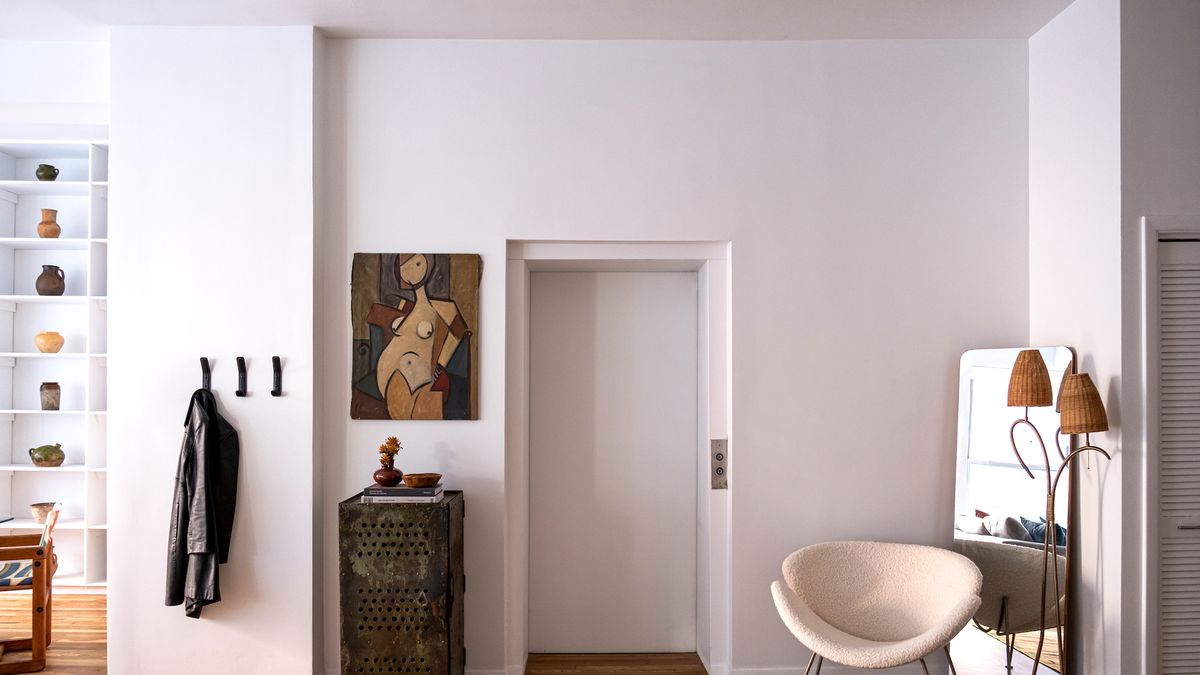

Interior Design
Small Entryway Ideas: 10 Design Rules For Compact Entrances
Modified: February 25, 2024
Discover 10 essential interior design rules to maximize functionality and style in small entryways. Explore clever ideas for compact entrances now!
(Many of the links in this article redirect to a specific reviewed product. Your purchase of these products through affiliate links helps to generate commission for Storables.com, at no extra cost. Learn more)
Introduction
When it comes to interior design, every space in your home deserves attention – even the small entryway. While it may be easy to overlook this compact area, a well-designed entryway can set the tone for your entire home and make a big impact on your guests.
Whether you have a narrow corridor or a tiny foyer, there are design rules that can help you maximize the potential of your small entryway. By optimizing storage solutions, utilizing mirrors, choosing the right color palette, and incorporating other strategic design techniques, you can transform your compact entrance into a functional and visually appealing space.
In this article, we will explore ten design rules specifically tailored for small entryways. By following these guidelines, you will not only make the most of your limited space, but also create an inviting and stylish entryway that reflects your personal style.
Key Takeaways:
- Maximize storage solutions, utilize mirrors, and choose light color palettes to create a spacious and inviting small entryway. Incorporate multi-functional decor and keep the space clutter-free for a stylish and functional entrance.
- Implement space-saving furniture, hooks, and an organized shoe storage system to optimize a small entryway. Add visually appealing accents and maximize natural light for a welcoming and visually stunning space.
Rule 1: Optimize storage solutions
In a small entryway, storage is key to keeping the space organized and clutter-free. Maximizing storage solutions will help you make the most of the limited space available.
One effective storage solution for small entryways is utilizing the vertical space. Install wall-mounted shelves or floating cabinets to store items such as keys, mail, and small accessories. This will not only keep these items within reach but also free up valuable floor space.
Another great option is to invest in a console table with built-in storage compartments or drawers. This allows you to store items out of sight while adding a stylish touch to your entryway. Look for console tables with slim profiles to prevent the space from feeling too cramped.
Additionally, consider using decorative baskets or bins to corral shoes, scarves, and other accessories. These can be easily tucked away under a bench or console table to keep the area tidy and organized.
Remember, the key to optimizing storage in a small entryway is to be intentional with your choices. Prioritize functionality while also considering the overall aesthetic. By incorporating smart storage solutions, you’ll create a visually pleasing and organized entryway that sets the tone for the rest of your home.
Rule 2: Utilize mirrors for visual expansion
In a small entryway, creating a sense of space is essential. One effective way to achieve this is by utilizing mirrors to visually expand the area.
Strategically placing a mirror in your entryway can instantly make the space feel larger and brighter. The reflection creates an illusion of depth, making the area appear more expansive than it actually is.
You have several options when it comes to using mirrors in your small entryway. One popular choice is to hang a large mirror on the wall opposite the main doorway. This not only reflects light but also gives the impression of an extended space. If a large mirror is not possible, consider using multiple smaller mirrors arranged in an interesting pattern to create a similar effect.
In addition to their functional benefits, mirrors also serve as stylish decor elements. Choose a mirror with an appealing frame that complements the overall design of your entryway. This will add a touch of visual interest while still serving its purpose of expanding the space.
Another creative way to utilize mirrors is by incorporating them into furniture pieces. Look for console tables, cabinets, or shelves with mirrored surfaces. These pieces not only provide storage but also enhance the sense of openness in the entryway.
Remember to position mirrors strategically to capture and reflect natural light. Placing them near a window or opposite a light source will maximize their impact.
By incorporating mirrors into your small entryway design, you can create a more spacious and inviting atmosphere. The strategic placement of mirrors will not only make the space feel larger but also add a touch of elegance and style to your entryway.
Rule 3: Choose the right color palette
Color has a significant impact on the perception of space in any room, including small entryways. Choosing the right color palette is crucial to create an inviting and visually appealing entryway.
When it comes to small spaces, light and neutral colors are your best friend. Lighter colors such as whites, creams, and pastels will make the space feel more open and airy. They reflect natural light, creating an illusion of a larger area.
Avoid using dark or bold colors on the walls, as they can make the space feel smaller and more cramped. However, this doesn’t mean that you have to stick with plain white walls. Consider adding subtle pops of color through accessories, such as artwork, rugs, or decorative accents.
In addition to choosing the right wall colors, also consider the color of your flooring. Opt for light-colored flooring materials, like light wood or light-colored tiles, to further enhance the sense of space in your entryway.
Don’t be afraid to incorporate texture and patterns into your color palette. Textured wallpaper or a patterned rug can add visual interest without overwhelming the space. Just be mindful of the scale and intensity of patterns to avoid making the entryway feel busy or cluttered.
Remember, the goal is to create a cohesive and harmonious color scheme that visually expands the small entryway. By choosing light and neutral colors, you can achieve a fresh, bright, and visually appealing space that welcomes you and your guests.
Rule 4: Maximize natural light
In a small entryway, maximizing natural light is essential to create a bright and open atmosphere. Natural light not only illuminates the space but also makes it feel more spacious and inviting.
If your entryway has a window, make the most of it by keeping the window treatments simple and minimal. Opt for sheer or light-colored curtains that allow ample light to filter through. Alternatively, consider forgoing curtains altogether to maximize the amount of natural light entering the space.
If your entryway lacks natural light or doesn’t have a window, you can still enhance the brightness by strategically placing mirrors to reflect any available light sources. Additionally, consider installing a skylight or a sun tunnel if possible to bring in natural light from above.
To further maximize natural light, avoid blocking windows or light sources with furniture or bulky decor items. Keep the area around windows clear of any obstructions, allowing the light to flow freely into the entryway.
Another way to maximize natural light is by utilizing reflective surfaces. Choose light-colored or glossy finishes for flooring, walls, and furniture. This will help bounce the natural light around the room, creating a brighter and more open space.
Lastly, keep in mind that natural light changes throughout the day. Pay attention to how the light interacts with the entryway at different times. Consider this when choosing paint colors and arranging furniture to make the most of the available natural light at different times of the day.
By maximizing natural light in your small entryway, you can create a bright and welcoming space. The infusion of natural light will not only make the area feel larger but also boost the overall ambiance of the entryway.
Rule 5: Select space-saving furniture
In a small entryway, choosing the right furniture is crucial to optimize the use of space without sacrificing functionality or style. Selecting space-saving furniture pieces will help you make the most of your compact entrance.
One of the best furniture options for small entryways is a storage bench or a slim console table with built-in storage. These multifunctional pieces provide a place to sit and put on or take off shoes, while also offering additional storage for items like umbrellas, hats, or seasonal accessories.
Consider furniture with a smaller footprint and sleek design. Look for pieces with slim profiles that don’t take up too much floor space. Wall-mounted shelves or floating cabinets can provide storage while keeping the floor area clear and visually open.
If you need additional seating in your entryway, opt for stools or ottomans that can be tucked under the console table when not in use. This way, you can maximize the floor space without compromising on functionality.
Another space-saving option is to utilize vertical storage. Install hooks or a wall-mounted coat rack to hang coats, bags, and scarves. This eliminates the need for a bulky coat stand or freestanding rack, freeing up valuable floor space.
Lastly, consider modular or folding furniture pieces. These versatile items can be easily adjusted or folded away when not needed, allowing you to maximize the use of your entryway space for different purposes.
By selecting space-saving furniture for your small entryway, you can create a functional and visually appealing space. Carefully choose furniture with a smaller footprint, multifunctional features, and the ability to maximize storage to optimize your limited space.
When designing a small entryway, consider using a mirror to create the illusion of more space and to add depth to the area. This can help make the entryway feel larger and more inviting.
Rule 6: Incorporate hooks and hangers
In a small entryway, organization is key to maximizing the space and keeping it clutter-free. One effective way to achieve this is by incorporating hooks and hangers into your entryway design.
Hooks and hangers provide a practical solution for hanging coats, bags, hats, and scarves. By utilizing vertical space on the walls, you can free up valuable floor space and keep your entryway looking tidy and organized.
Place hooks or a wall-mounted coat rack near the entrance for easy access to frequently used items. Choose hooks or hangers that are sturdy and can support the weight of your belongings.
For added convenience, consider installing multiple rows of hooks or a tiered hanger system. This allows you to maximize vertical space and provides designated areas for different types of items.
In addition to their functionality, hooks and hangers can also be a stylish addition to your entryway. Opt for decorative hooks or hangers that complement the overall design aesthetic of your space. This way, they can serve as both practical and decorative elements.
If you have a small entryway without much wall space, consider using over-the-door hooks or an over-the-door organizer. These can be easily installed and create additional storage options without taking up valuable floor or wall space.
Remember to keep the number of hooks or hangers proportional to the size of your entryway. Avoid overcrowding the space, as this can make it feel cluttered and visually overwhelming.
By incorporating hooks and hangers into your small entryway design, you can create a functional and organized space to hang coats and accessories. This ensures that everything has its place and helps keep your entryway clean and clutter-free.
Rule 7: Create an organized shoe storage system
In a small entryway, managing shoe storage is crucial to maintain an organized and clutter-free space. Creating an efficient and organized shoe storage system will help you make the most of your limited entryway space.
One popular option for small entryways is a shoe storage bench. Look for a bench with built-in cubbies or shelves underneath where you can neatly store shoes. This not only provides a place to sit while putting on or taking off shoes but also keeps them easily accessible and out of the way.
If a shoe storage bench is not feasible due to space constraints, consider utilizing vertical storage solutions. Install shoe racks or floating shelves on the walls to store shoes in an organized manner. This keeps the floor area clear and visually opens up the entryway.
Another space-saving option is to use an over-the-door shoe organizer. These organizers hang behind the door and have pockets where you can store and easily access your shoes. This is a great solution if you have limited wall or floor space in your entryway.
To keep the shoe storage system organized, consider labeling each section or using different compartments for different family members. This ensures that everyone’s shoes have their designated spot and makes it easier to locate specific pairs.
Additionally, regularly declutter your shoe collection to prevent accumulation of unnecessary items. Donate or dispose of shoes that you no longer wear or those that are worn out. This will not only free up space but also make it easier to maintain an organized entryway.
Remember, an organized shoe storage system not only helps to keep your entryway clean and clutter-free but also makes it easier to find and access your shoes. By implementing an efficient and organized shoe storage system in your small entryway, you can optimize the use of space and create a tidy and functional area.
Rule 8: Use multi-functional decor
In a small entryway, every piece of decor should serve a purpose. Using multi-functional decor not only maximizes the functionality of the space but also adds style and visual interest to your entryway.
One example of multi-functional decor is a decorative storage basket or bin. These can serve as both decorative accents and practical storage solutions for items like scarves, gloves, or small accessories. Opt for baskets or bins that complement the overall style of your entryway and provide a cohesive look.
Another multi-functional decor item is a decorative tray or catchall dish. These can be placed on a console table or floating shelf to hold keys, wallets, or other small essentials. By providing a designated spot for these items, you not only keep your entryway organized but also add a stylish touch to the space.
Consider using a decorative mirror with a built-in ledge or shelf. This allows you to display small decor pieces or place everyday essentials like sunglasses or a small potted plant. It not only saves space but also adds depth and visual interest to your entryway.
Utilize decorative hooks or knobs as both functional and aesthetic elements. Hang coats, bags, or hats on them while adding a decorative touch to the walls. Look for hooks or knobs in unique designs or different finishes that complement the style of your entryway.
Think outside the box and repurpose items for multi-functional use. For example, a vintage wooden ladder can be leaned against the wall and used as a decorative display for blankets or scarves while doubling as a unique piece of decor.
When choosing multi-functional decor, ensure that it doesn’t overwhelm the space or make it feel cluttered. Opt for pieces that are proportional to the size of your entryway and complement the overall design aesthetic.
By incorporating multi-functional decor into your small entryway, you can make the most of your limited space while adding style and personality to the area. These decor pieces not only serve a purpose but also enhance the overall ambiance of your entryway.
Rule 9: Add visually appealing accents
In a small entryway, adding visually appealing accents can elevate the overall look and create a welcoming atmosphere. These accents serve as focal points and add personality to your entryway.
One way to add visual interest is through artwork. Hang a piece of artwork or a gallery wall above a console table or alongside the mirror to create a striking focal point. Choose artwork that complements the color scheme and style of your entryway and brings a sense of charm and character to the space.
Consider incorporating a statement piece of furniture or decor item. This could be a unique bench, an eye-catching vase, or a sculptural lighting fixture. This statement piece will make a bold statement and become a conversation starter for your guests.
Add greenery to bring life and freshness to your entryway. Place a potted plant on a shelf, hang a small succulent on the wall, or use a tall floor plant in a corner. Not only does greenery add a pop of color, but it also purifies the air and creates a soothing ambiance.
Lighting is another important accent in your entryway. Choose a stylish pendant light, a wall sconce, or a table lamp that complements the overall design aesthetic. Good lighting not only illuminates the space but also enhances the atmosphere and creates a warm and inviting tone.
Consider incorporating texture through rugs, cushions, or window treatments. A well-placed rug at the entryway can add warmth and define the space. Choose patterns or textures that coordinate with the overall design, adding depth and visual interest.
Lastly, don’t forget about small decorative details such as decorative knobs, a statement doormat, or unique accessories on the console table. These small accents can make a big impact and tie the whole entryway design together.
When adding visually appealing accents, be mindful of the scale and proportion. In a small entryway, avoid overwhelming the space with too many decorative elements. Each accent should complement the others and contribute to the overall cohesive design.
By incorporating visually appealing accents, you can transform your small entryway into a stylish and inviting space. These accents add personality and create a warm and welcoming ambiance for you and your guests.
Rule 10: Keep it clutter-free
In a small entryway, keeping the space clutter-free is essential to maintain a visually appealing and functional area. A clutter-free entryway not only creates a sense of calm and order but also maximizes the available space.
One of the key strategies to keep your entryway clutter-free is to have designated storage for all belongings. Designate specific spots for items such as keys, mail, bags, and shoes. Use hooks, baskets, trays, or shelving units to keep everything organized and easily accessible.
Regularly declutter your entryway by removing items that are no longer needed or in use. Donate or discard items that are worn out, out of season, or no longer have a purpose in the entryway. This will help prevent the accumulation of unnecessary items and create a more streamlined space.
Establish a routine of putting things away as soon as you enter the house. Encourage everyone in the household to place their belongings in their designated spots to prevent clutter from piling up.
Avoid overcrowding the entryway with too much furniture or decorative items. Stick to essential pieces and keep the overall design simple and minimal. This will prevent the space from feeling cramped and cluttered.
Utilize hidden storage solutions whenever possible. Consider using furniture with built-in storage compartments or hidden shelving behind decorative panels. This allows you to store items out of sight while maintaining a clean and clutter-free appearance.
Regularly dust, clean, and organize the entryway. A clean and well-maintained space not only looks more inviting but also encourages you to keep it clutter-free in the long run.
Lastly, establish a system for handling incoming mail and paperwork. Sort and file important documents immediately, recycle junk mail, and have a designated spot for items that require action or follow-up. By keeping on top of paperwork, you prevent it from accumulating and cluttering up your entryway.
By following the rule of keeping your entryway clutter-free, you will create a functional and visually appealing space. A clutter-free entryway sets the tone for the rest of your home and ensures a welcoming and organized environment for both you and your guests.
Conclusion
Designing a small entryway requires careful consideration and strategic planning. By following these ten design rules, you can transform your compact entrance into a functional and visually appealing space that sets the tone for your entire home.
By optimizing storage solutions, utilizing mirrors, choosing the right color palette, and maximizing natural light, you can create a sense of spaciousness and openness in your small entryway. Incorporating space-saving furniture, hooks and hangers, and an organized shoe storage system helps to maintain order and prevent clutter.
Adding visually appealing accents, such as artwork, statement pieces, greenery, and texture, elevates the design and adds personality to the space. And finally, keeping your entryway clutter-free ensures a clean and calm environment.
Remember, designing a small entryway is about finding the right balance between functionality and style. Each design decision should optimize the use of space while reflecting your personal taste and the overall aesthetic of your home.
By following these design rules and implementing them in your small entryway, you can create an inviting and stylish entrance to your home that will leave a lasting impression on your guests.
Now, take these design rules as inspirations and put your creativity to work. Transform your small entryway into a welcoming and visually stunning space that sets the stage for the rest of your home.
Frequently Asked Questions about Small Entryway Ideas: 10 Design Rules For Compact Entrances
Was this page helpful?
At Storables.com, we guarantee accurate and reliable information. Our content, validated by Expert Board Contributors, is crafted following stringent Editorial Policies. We're committed to providing you with well-researched, expert-backed insights for all your informational needs.

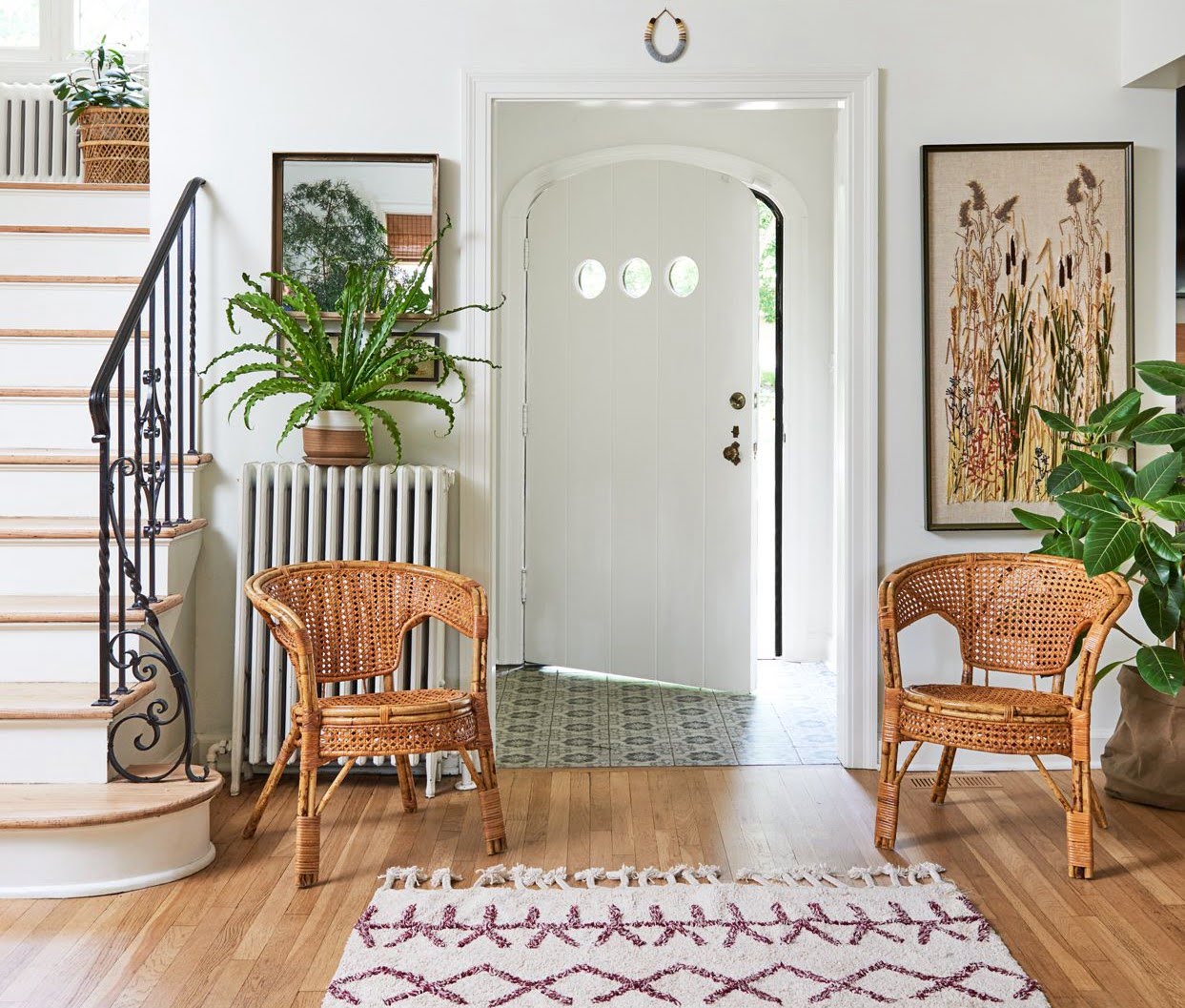
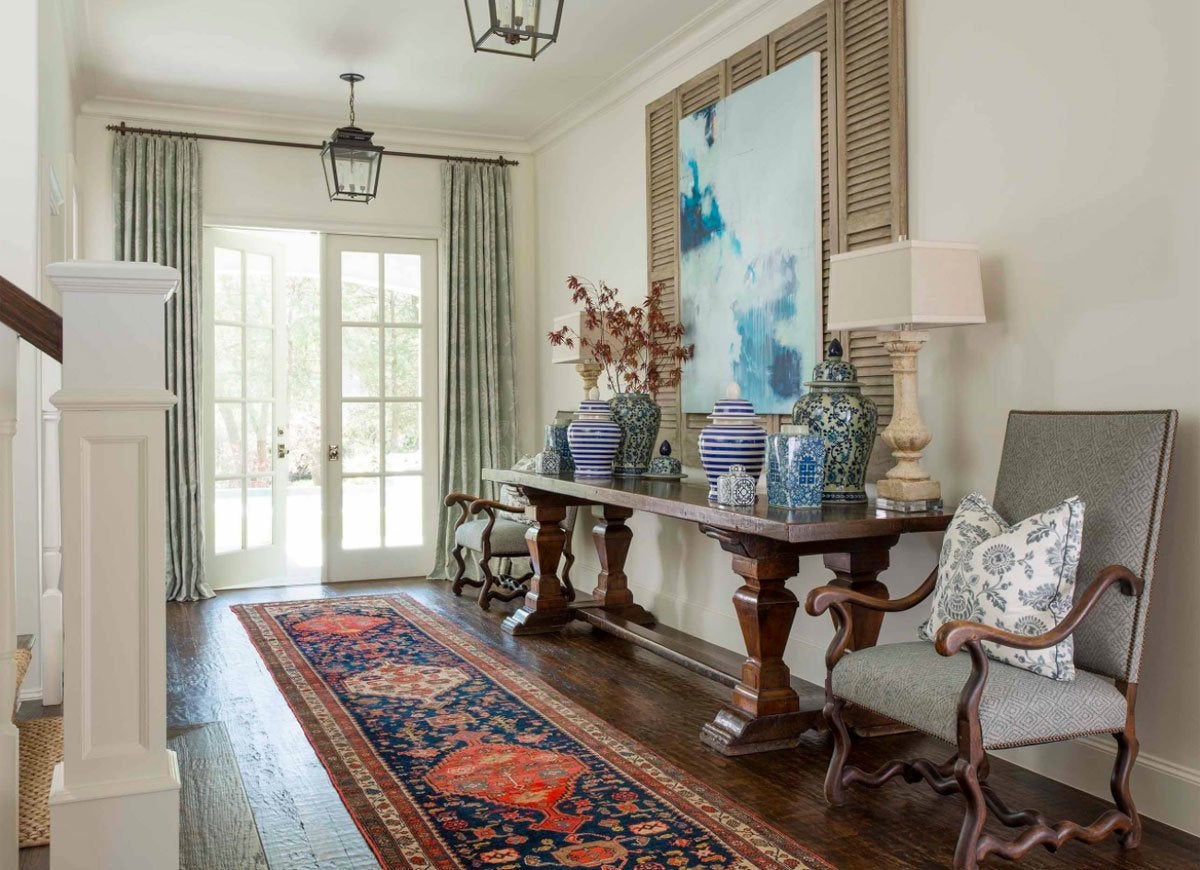
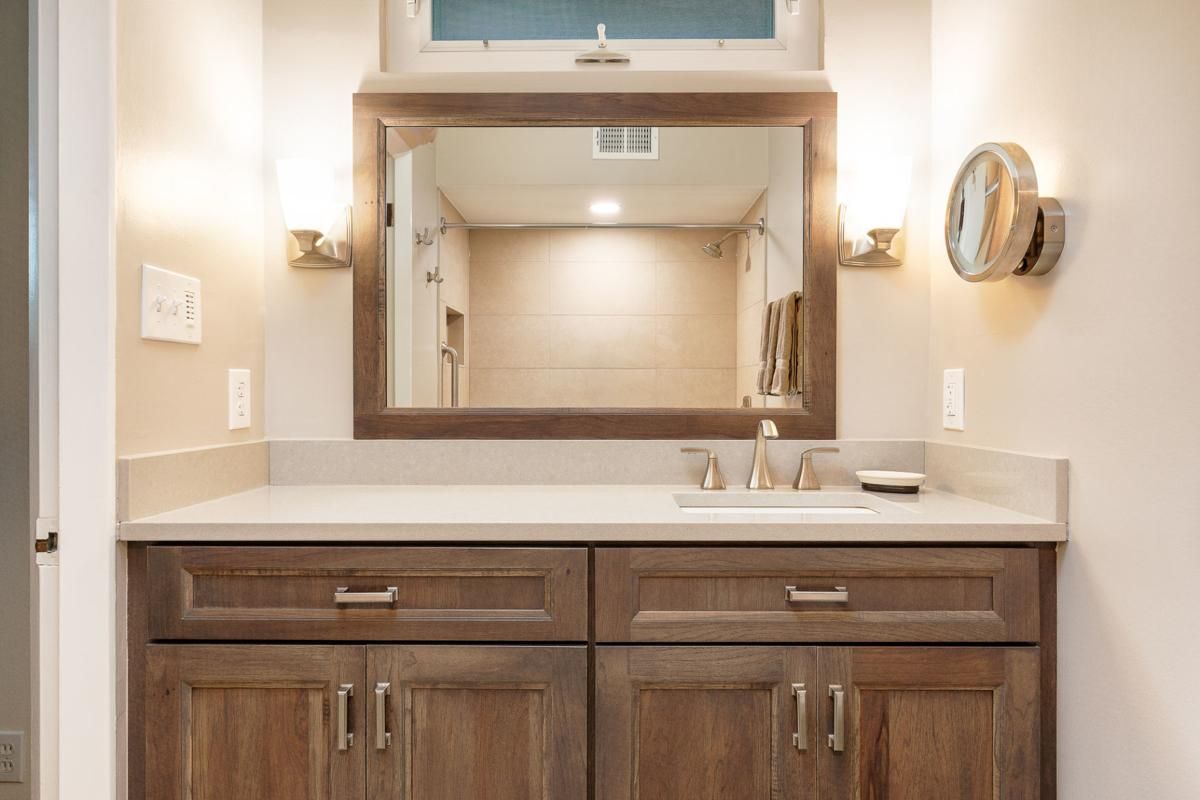
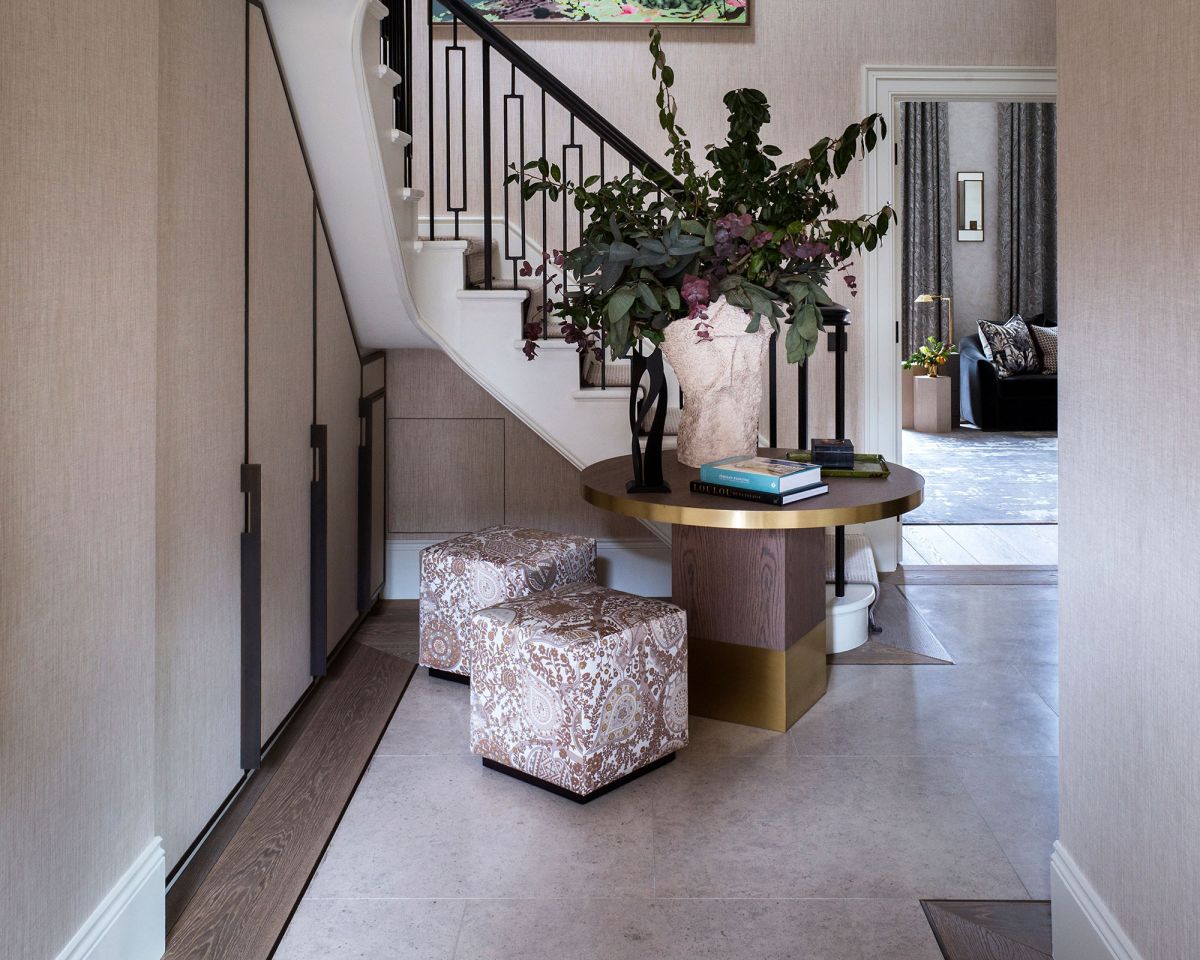
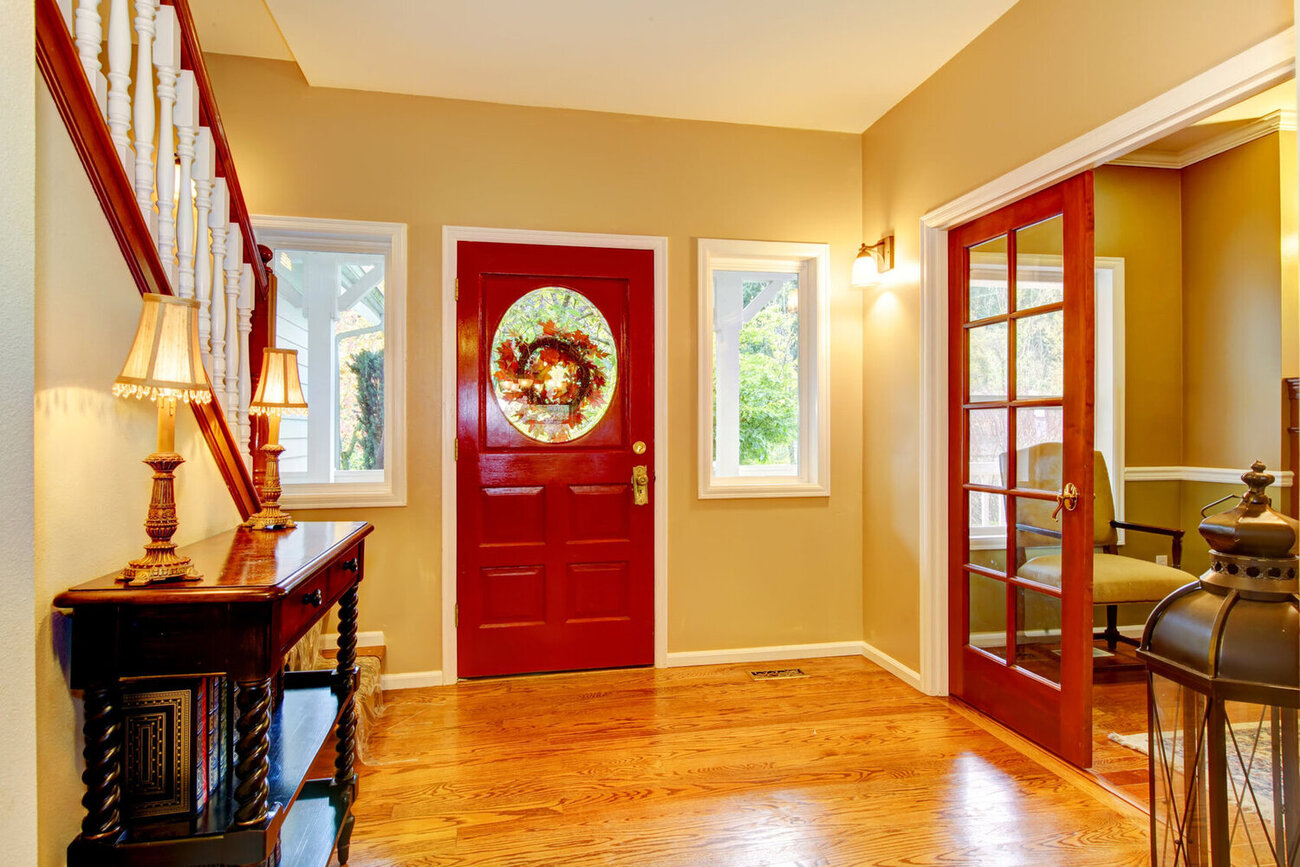
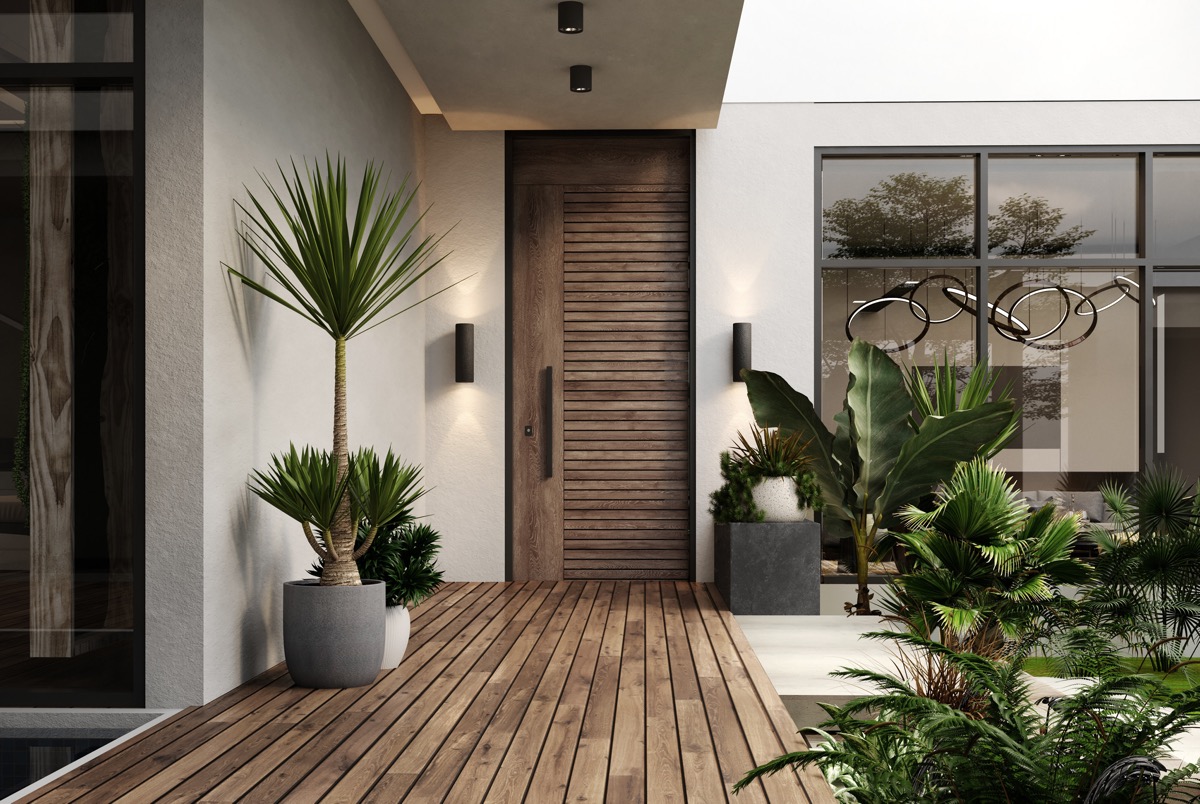
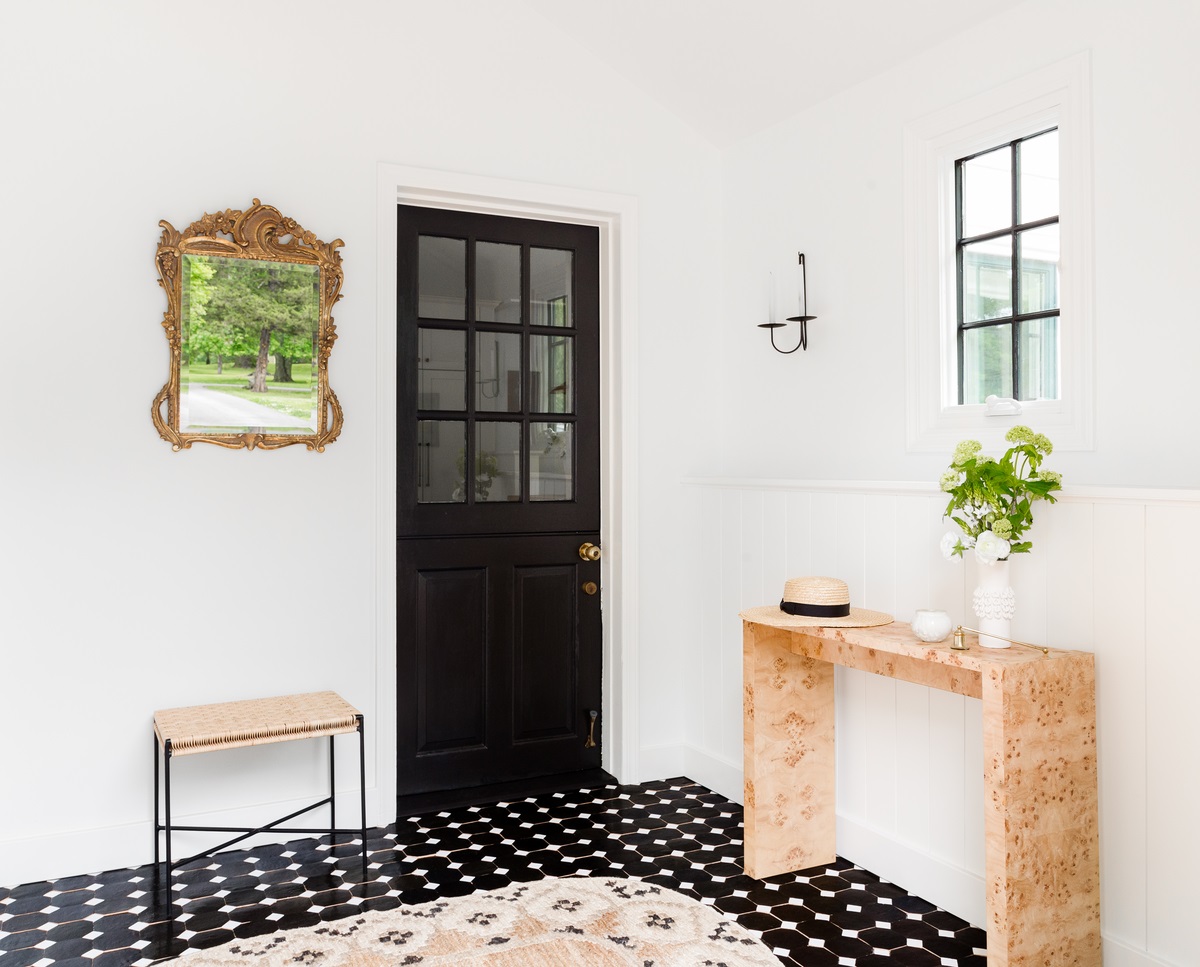
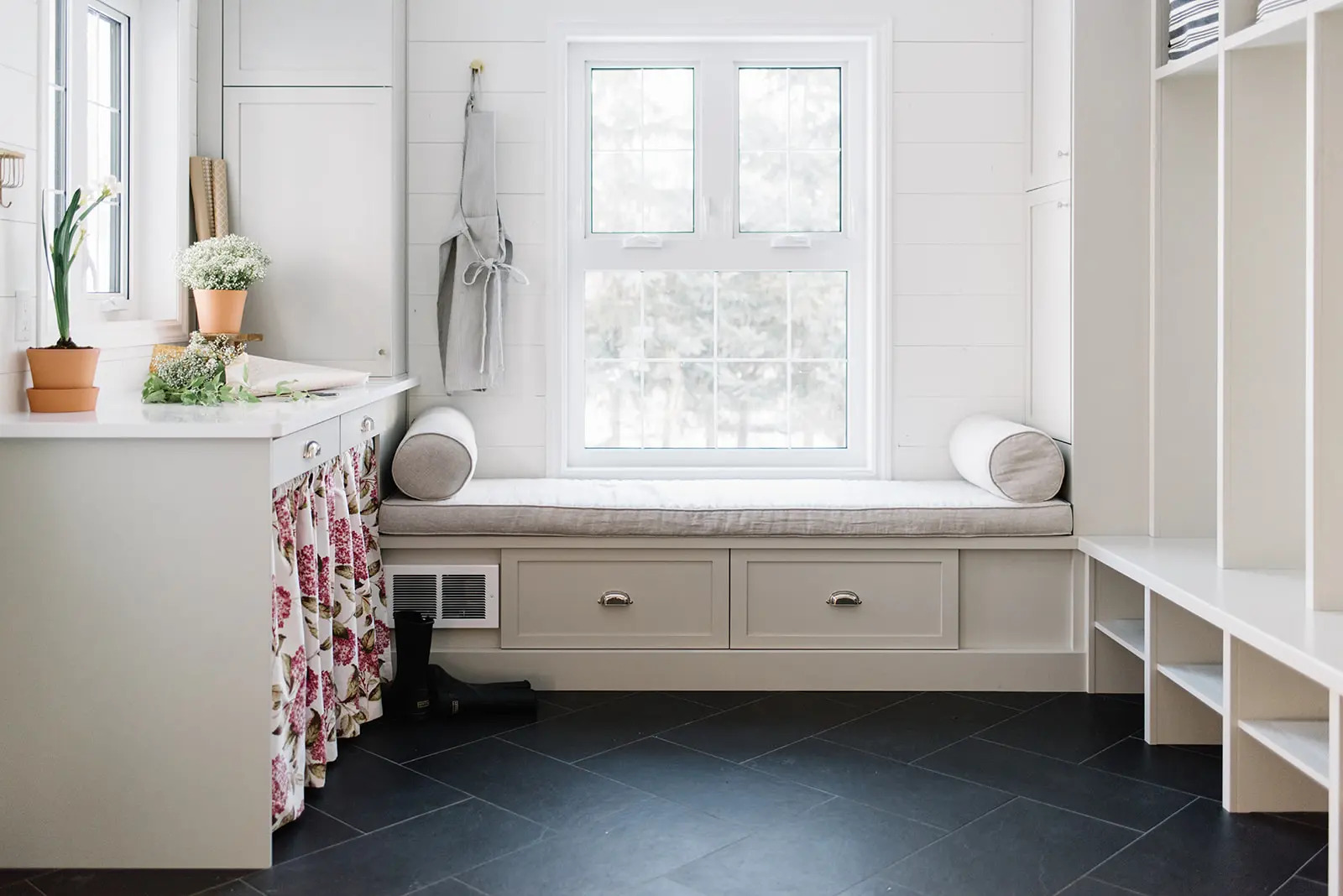
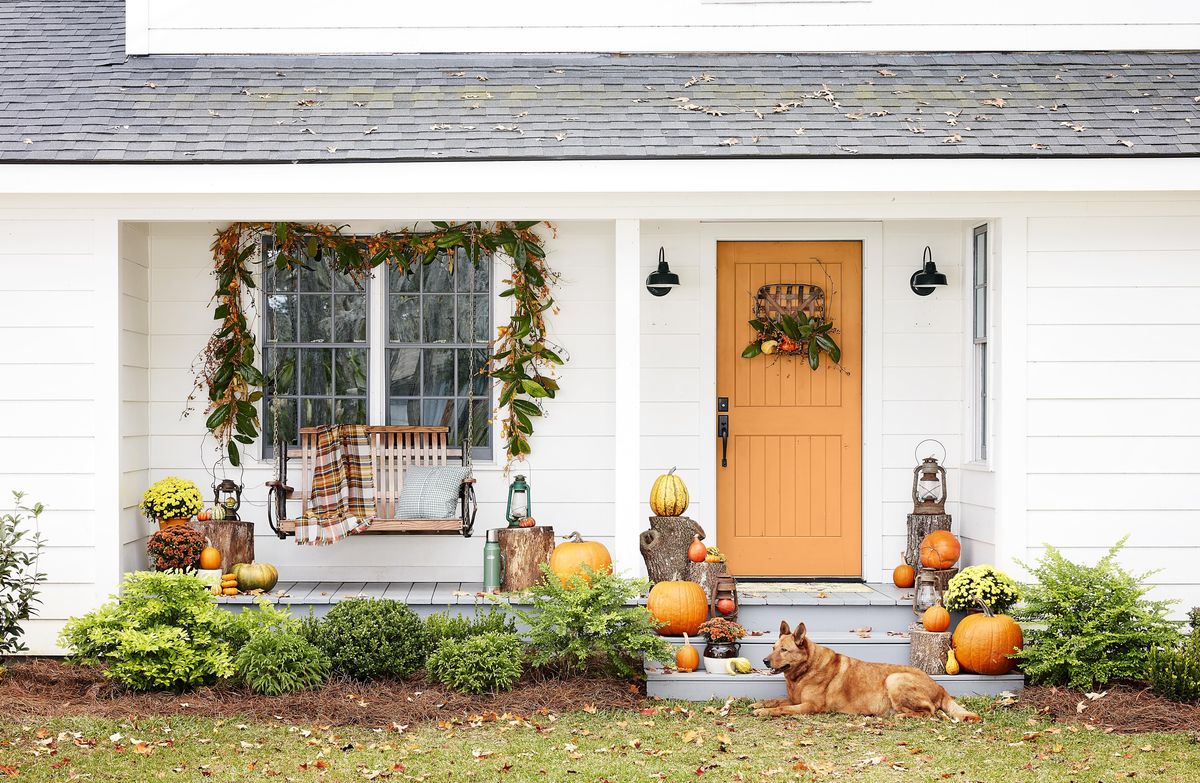
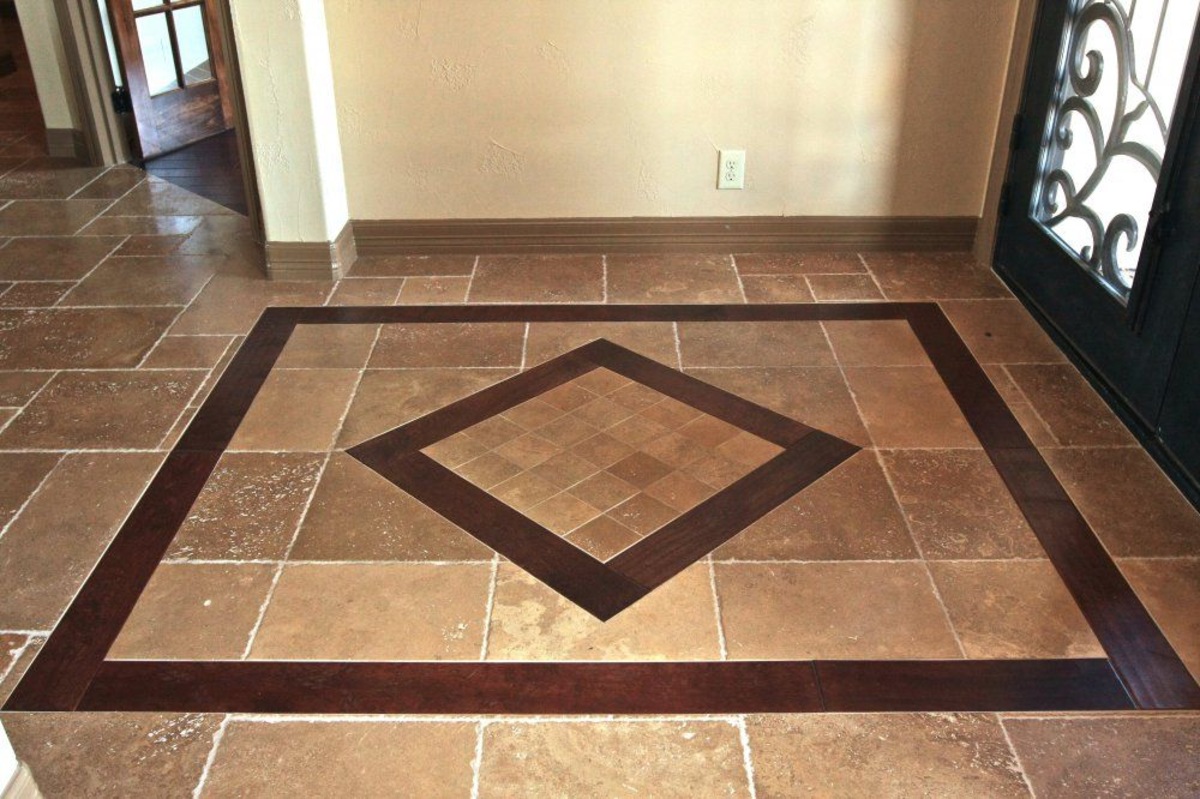
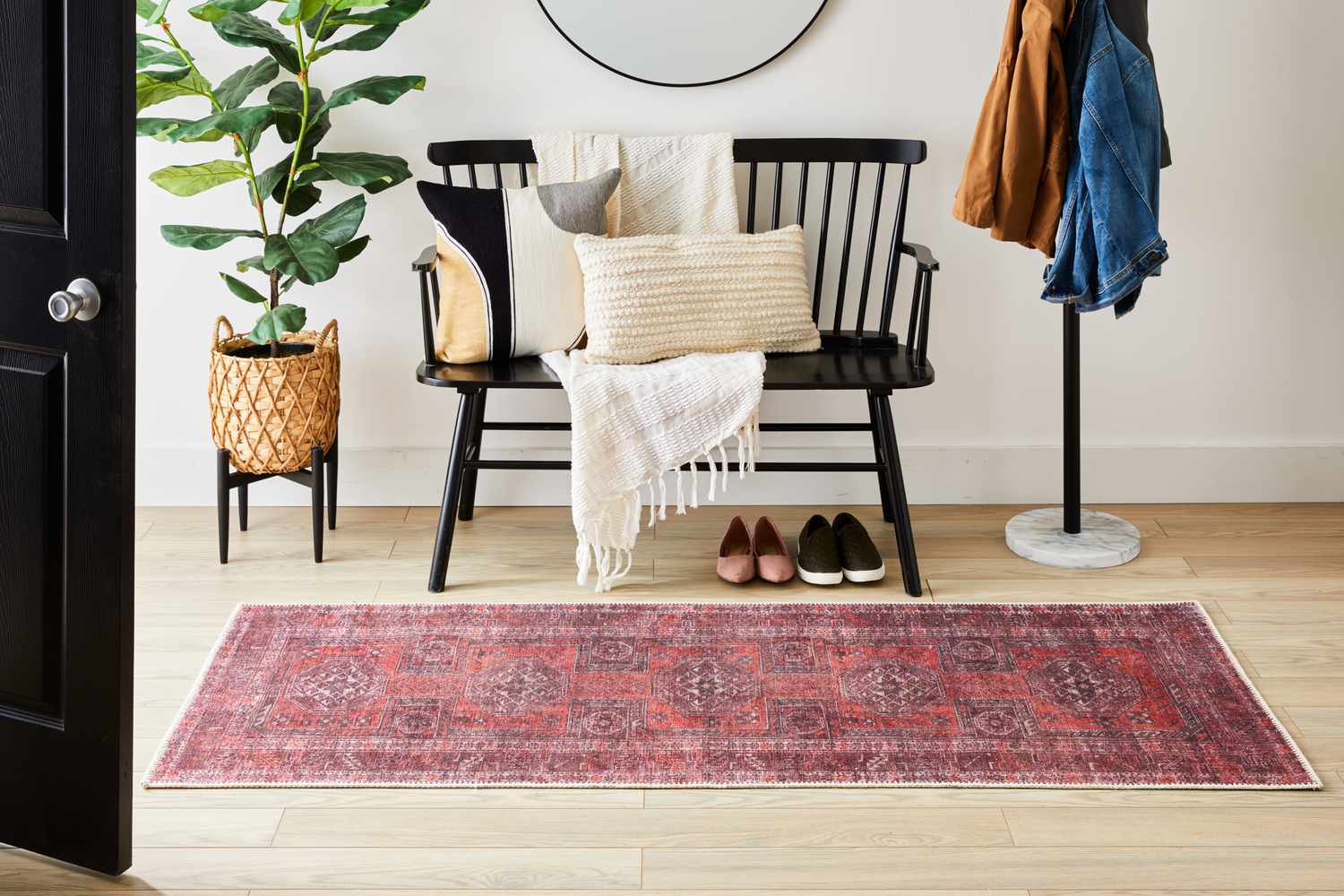
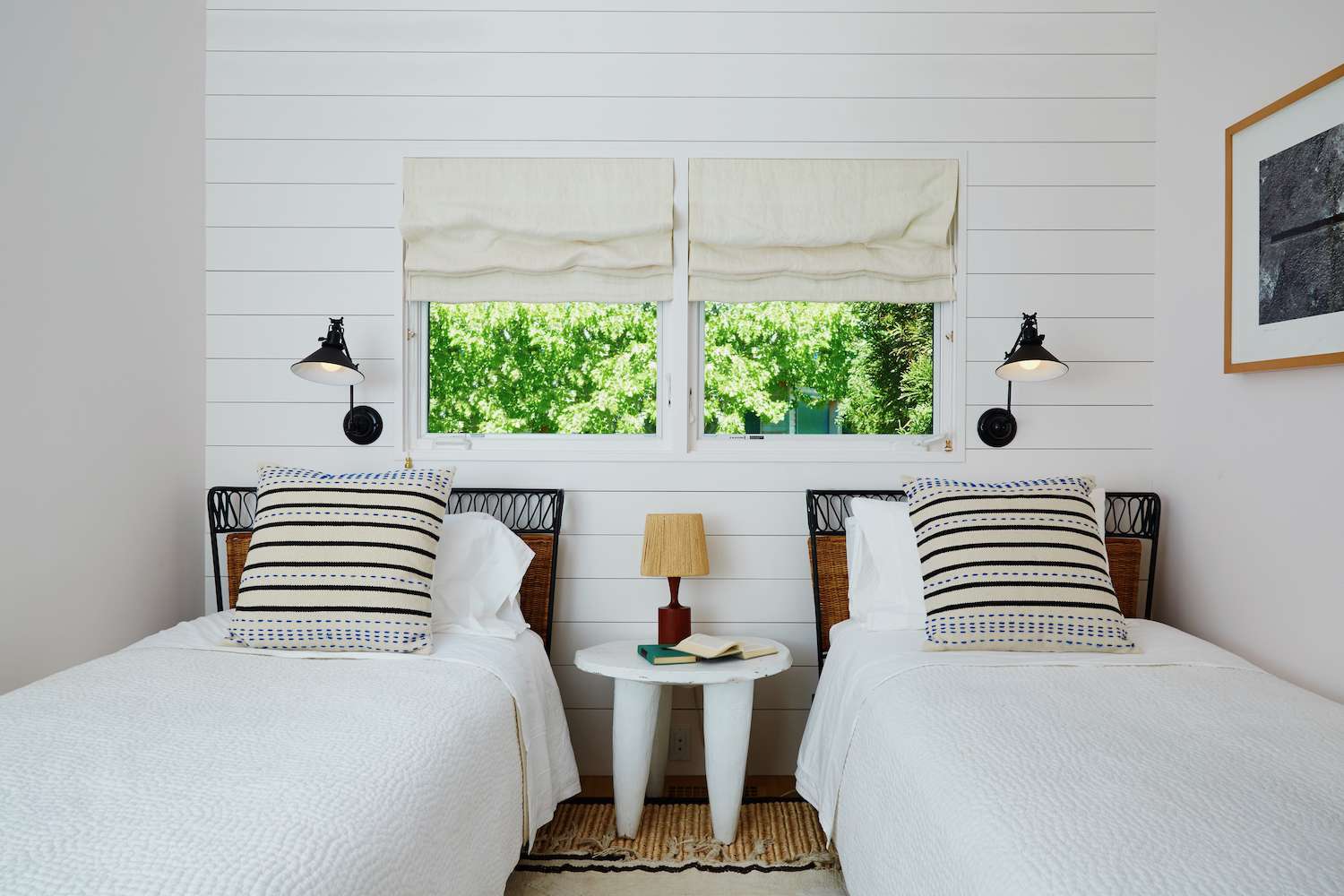

0 thoughts on “Small Entryway Ideas: 10 Design Rules For Compact Entrances”